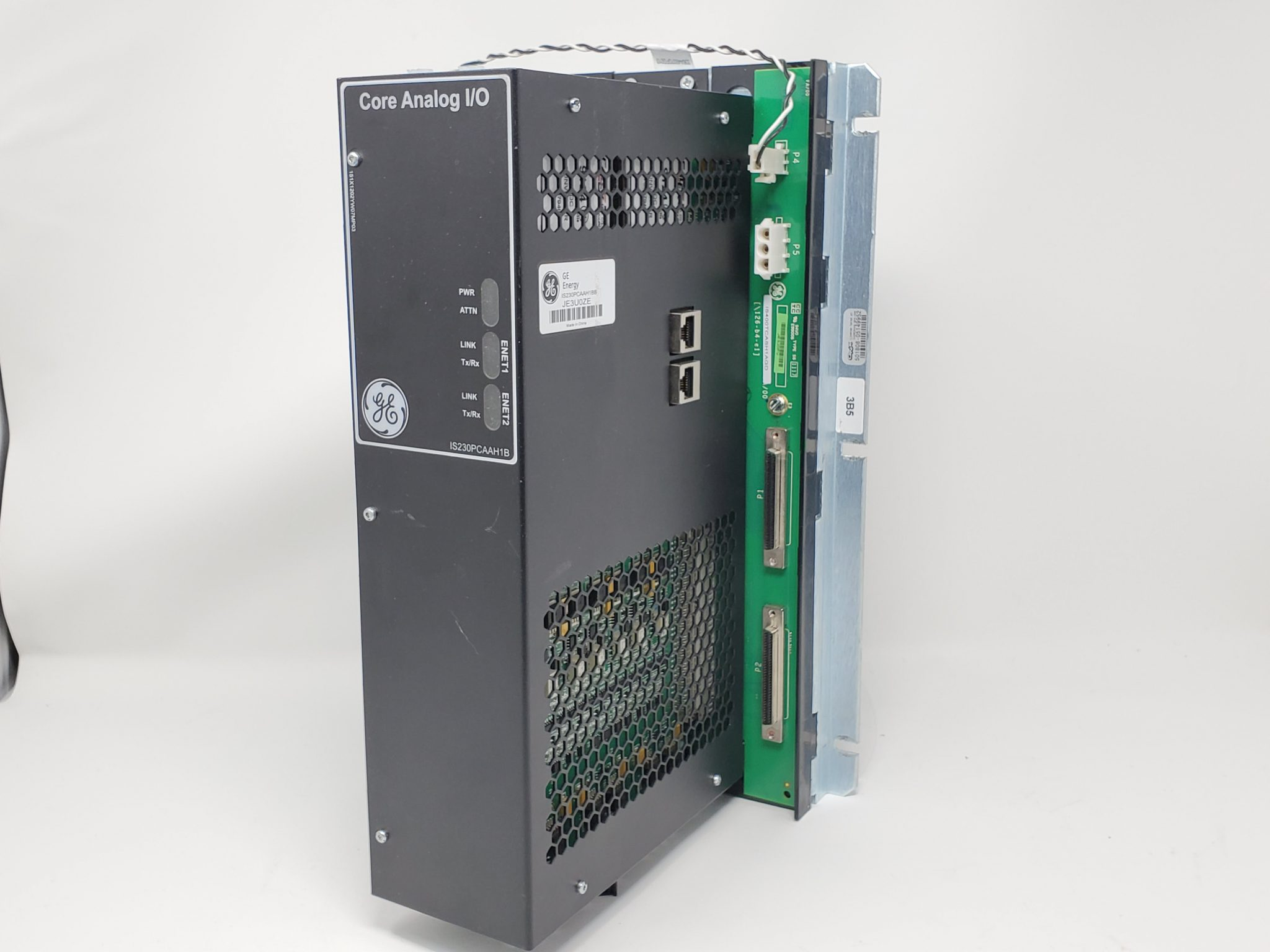
DCS; Industrial control system
Product
Article
NameDescriptionContent
NEW CENTER
Current Location:
Trump's Presidency and Its Impact on Factories
From:
|
Author:huang
|
Time :2024-11-07
|
235 Browse:
|
Share:
On the other hand, Trump's approach to renewable energy was more complex. While he was skeptical of some renewable energy initiatives, there was still some growth in the sector. Some states continued to invest in solar and wind energy projects, driving demand for related manufacturing. For example, factories producing solar panels and wind turbines still saw some growth, albeit at a slower pace than under a more pro-renewable energy administration.
In conclusion, Trump's policies had a mixed impact on energy-related factories. The emphasis on fossil fuels provided a boost to some sectors, but the uncertainty surrounding renewable energy created challenges for those involved in that industry.
四、Challenges and Opportunities
(一)Labor Market Dynamics
During Trump's presidency, the labor market for factory workers experienced several notable changes. In terms of wages, there was a mixed impact. On one hand, Trump's policies aimed at bringing back manufacturing jobs and promoting economic growth could have potentially led to some increase in wages. For instance, with the implementation of tax cuts and deregulation, businesses may have had more capital available to invest in their workforce. However, the trade tensions and uncertainties created by his trade policies also had the potential to limit wage growth. Some factories faced increased costs due to tariffs on imported materials and retaliatory tariffs on exports, which may have put pressure on profit margins and made it difficult to raise wages significantly.
Regarding skills requirements, Trump's emphasis on American competitiveness and bringing back manufacturing jobs put a spotlight on the need for a skilled workforce. Factories began to look for workers with advanced technical skills, such as proficiency in robotics and 3D printing. According to a survey by [labor market research institute], there was a [X]% increase in demand for workers with skills in advanced manufacturing technologies during Trump's presidency. This led to a greater focus on training and upskilling programs for factory workers.
(二)Future Prospects
In the post-Trump era, factories face both challenges and opportunities. On the one hand, the uncertainties created by the trade tensions and policy shifts during Trump's presidency may continue to have an impact. For example, factories may still be dealing with disrupted supply chains and increased costs. However, there are also potential areas for growth and improvement. The push for technological advancements in manufacturing is likely to continue, driven by the need for increased productivity and competitiveness. Factories that invest in research and development and adopt advanced technologies such as artificial intelligence and automation will be better positioned for success.
Moreover, there is growing awareness of the importance of sustainable manufacturing. As the world moves towards a more environmentally conscious future, factories that can adapt and embrace sustainable practices will have an advantage. This could include investing in renewable energy sources, reducing waste, and implementing eco-friendly production processes.
In conclusion, while the Trump presidency had a significant impact on factories, the future prospects for the industry depend on its ability to adapt to changing market conditions and technological advancements. By focusing on innovation, sustainability, and workforce development, factories can position themselves for long-term growth and success.























.jpg)












































.jpg)
.jpg)





.jpg)



.png)
.jpg)

.jpg)
_lVjBYb.jpg)

.jpg)
.jpg)



.jpg)
.jpg)







.jpg)

.jpg)
.jpg)











.jpg)





